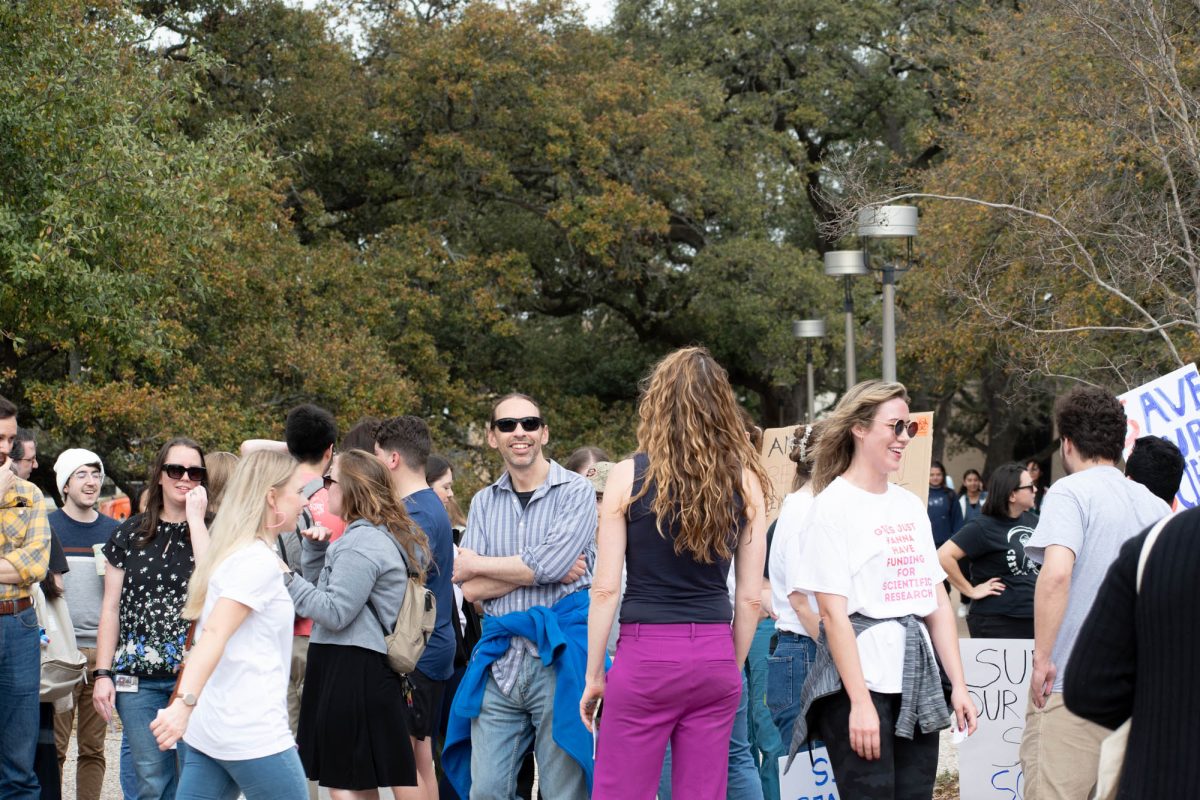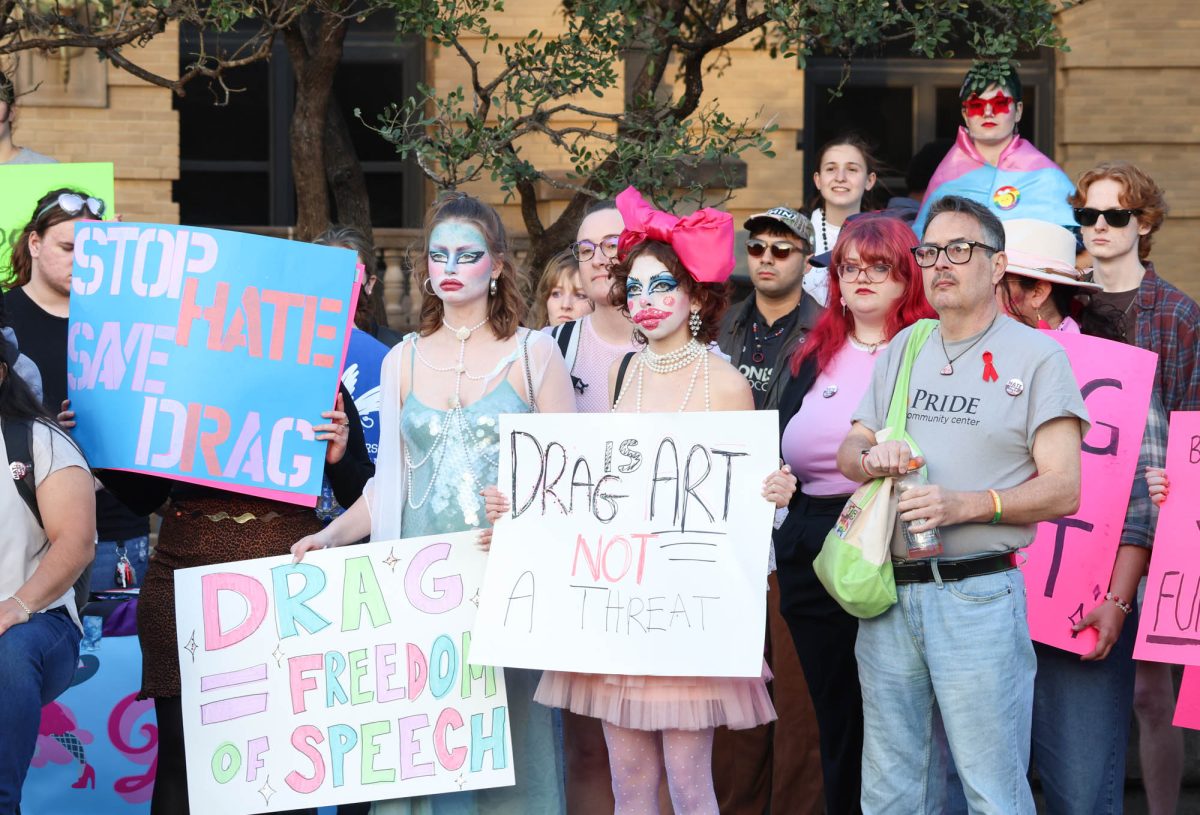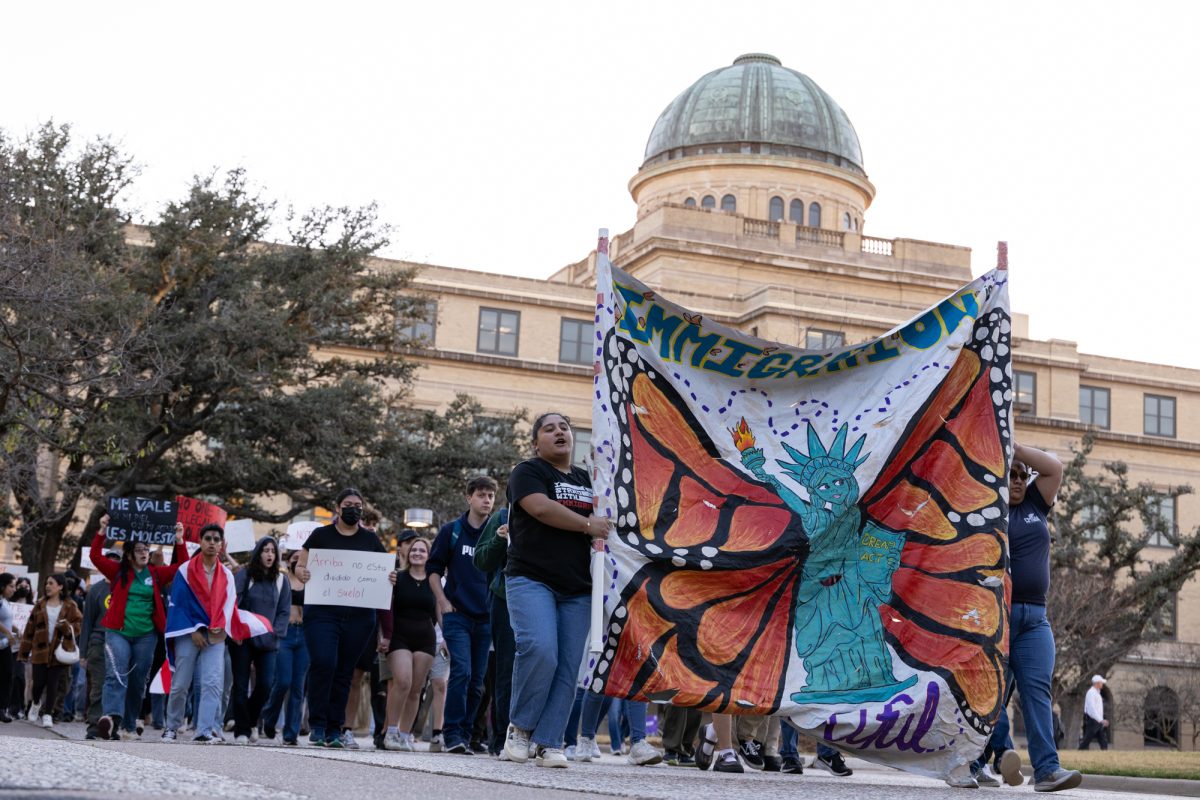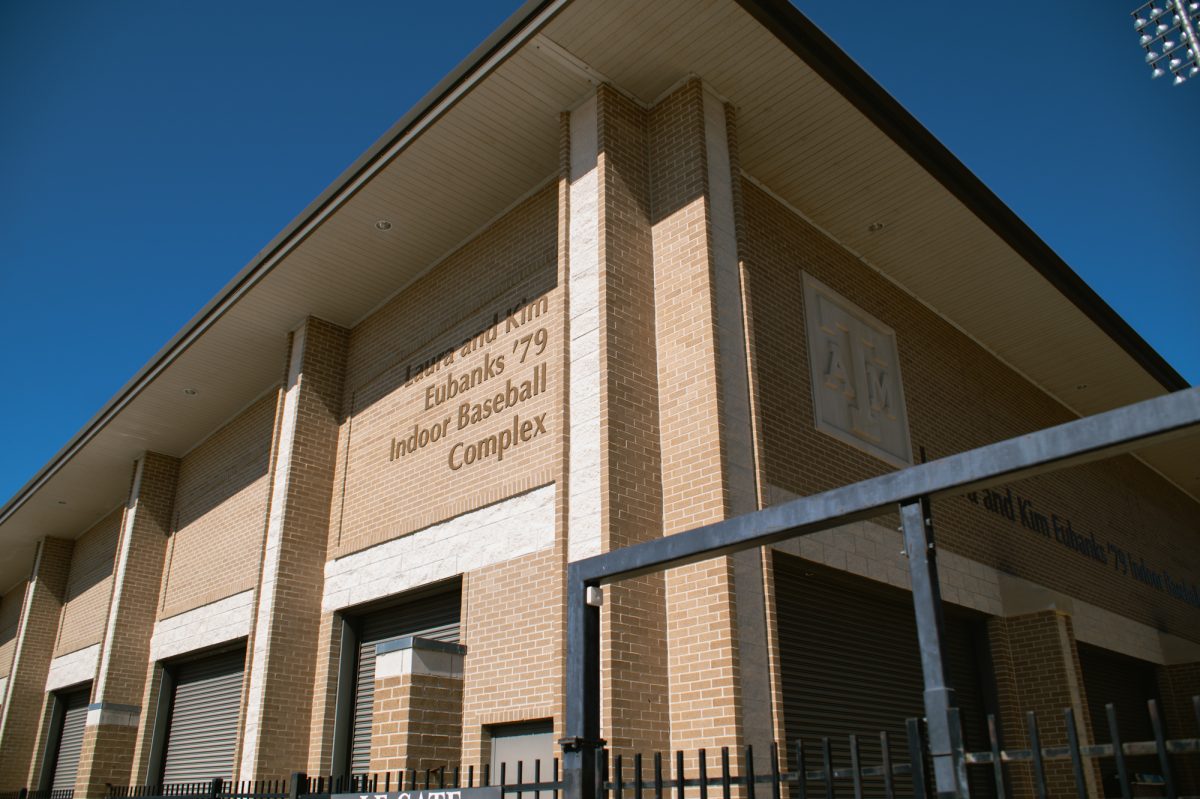Texas A&M President Robert M. Gates announced on Feb. 26 that an on-campus Bonfire will not burn in Fall 2003. According to his letter to faculty and students, Gates said that a decision on Bonfire would be inappropriate while litigation is ongoing. Current and former students alike are faced with a fading chance of Bonfire’s return.
Gates employed a savvy political move. He also announced that Nov. 18 would be Bonfire Remembrance Day, which took some attention off the fact that there would be no Bonfire built or burned on campus this fall.
Most who support returning Bonfire to campus consider this mention of litigation only a flimsy excuse.
According to a Feb. 27 Battalion article, Steve DeWolf, a lawyer representing four families of victims of the 1999 Aggie Bonfire Collapse, said, “I don’t know where litigation comes into this decision. In my view, because Bonfire is such a revered tradition, it should go forward as long as it can be done in a safe way — which it obviously can.”
But the resurrection of Bonfire has suffered many setbacks since the tragic accident on Nov. 18, 1999, not the least of which have been cheap imitations. Former President Ray M. Bowen announced a moratorium on Bonfire in 2000 while a commission studied what went wrong. Several different groups then tried to fill the void of an on-campus Bonfire, with minimal success.
The administration and members of student government later promoted the Farmers’ Fight Festival as a way to unite Aggies. Jason Sherrib, the co-chair of the festival, told The Battalion that the objective for the festival is to provide something free to unite students and the community.
Fall Activities Council, which put on the event, even surveyed students to get an idea of what they wanted to do in the fall, but the council ignored the results of the survey. The students responded with only “marginal support” for a concert. Ninety percent favored a return of Bonfire, and 60 percent of students would have been content with a trash pile bonfire.
The administration and student government ignored the expressed will of many students. Unfortunately, barely a whimper was heard from the students when their wishes were ignored.
Unity Project and an off campus bonfire in Magnolia also failed to fulfill the void left by Bonfire. The fact that there were two bonfires held off campus had a divisive effect on the student body.
Aggie Bonfire took weeks of student labor to build. Working toward a common goal united the many groups on campus, meaning campus unity was a natural result of the work.
The Unity Project worked to build a bonfire off campus. According to the Unity Project Web site, www.bonfire2002.com, roughly 5,000 people attended burn. That is 5,000 people out of nearly 45,000 students and countless more old Ags.
Bonfire was something that brought all groups on campus together for a common goal. Non-reg or cadet did not matter, Northside or Southside did not matter, and off campus or on campus did not matter. What mattered was working on something together and showing the Aggie Spirit.
The Bonfire Coalition for Students is a step in the direction of an on-campus Bonfire. Bonfire Coalition’s mission, as listed on its Web site, www.bonfirecoalition.org, is “to work with the new administration to return Texas Aggie Bonfire to campus as quickly and as safely as possible.”
However, working with the administration is a small and insignificant step without the popular support of the students.
The task of bringing back Bonfire has been relegated to students who have not worked on or seen a Bonfire burn. It will be hard for these students to fight for something that they don’t fully understand. The initiative falls to the individual student to learn more about Bonfire and to bring Bonfire back.
One action students should take is to hold their elected student representatives accountable and take care in choosing these representatives. Student elections are upon us and it is our right as students to elect leaders who will listen to our voice. Even an individual student can write letters to the administration, or to The Battalion. Students can organize and be heard on the subject of Bonfire.
A brief glimpse of the history of Bonfire will show that it went through many design changes. According to Bonfire Coalition’s report to Gates, “Bonfire grew in size from a trash fire to a structure.”
Bonfire does not have to be a monstrous multi-tiered structure. A trash pile made by students on campus would be more meaningful and provide more unity than any concert or off-campus bonfire.
Do not let the tradition of unity and Aggie Spirit that Bonfire created die because of apathy and a lack of knowledge.
Determining the fate of Bonfire
March 20, 2003
0
Donate to The Battalion
$1815
$5000
Contributed
Our Goal
Your donation will support the student journalists of Texas A&M University - College Station. Your contribution will allow us to purchase equipment and cover our annual website hosting costs, in addition to paying freelance staffers for their work, travel costs for coverage and more!
More to Discover









